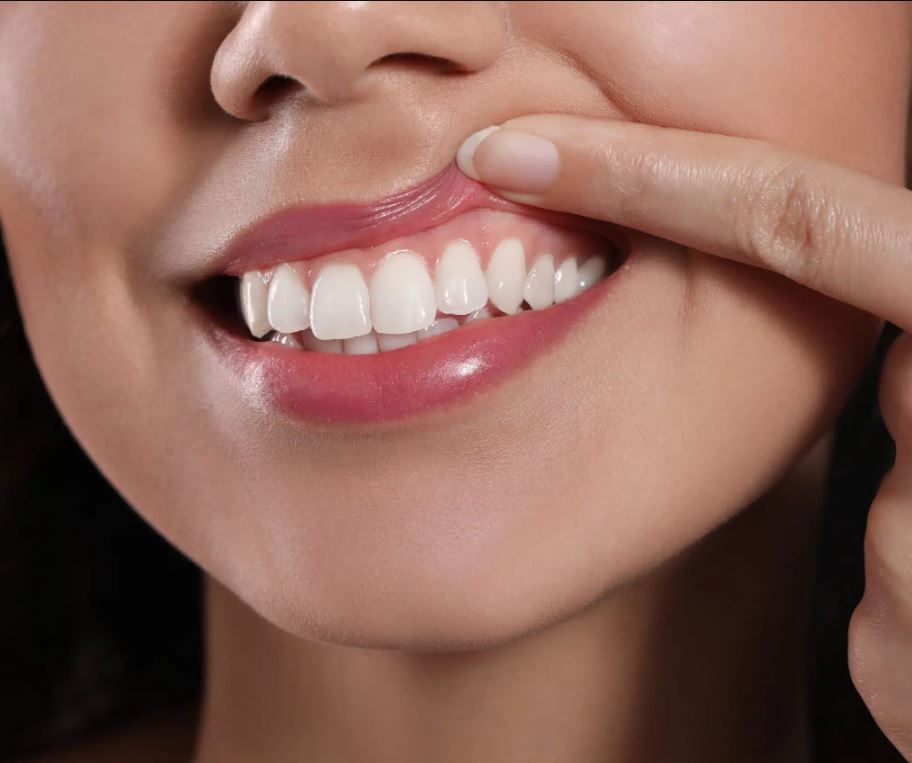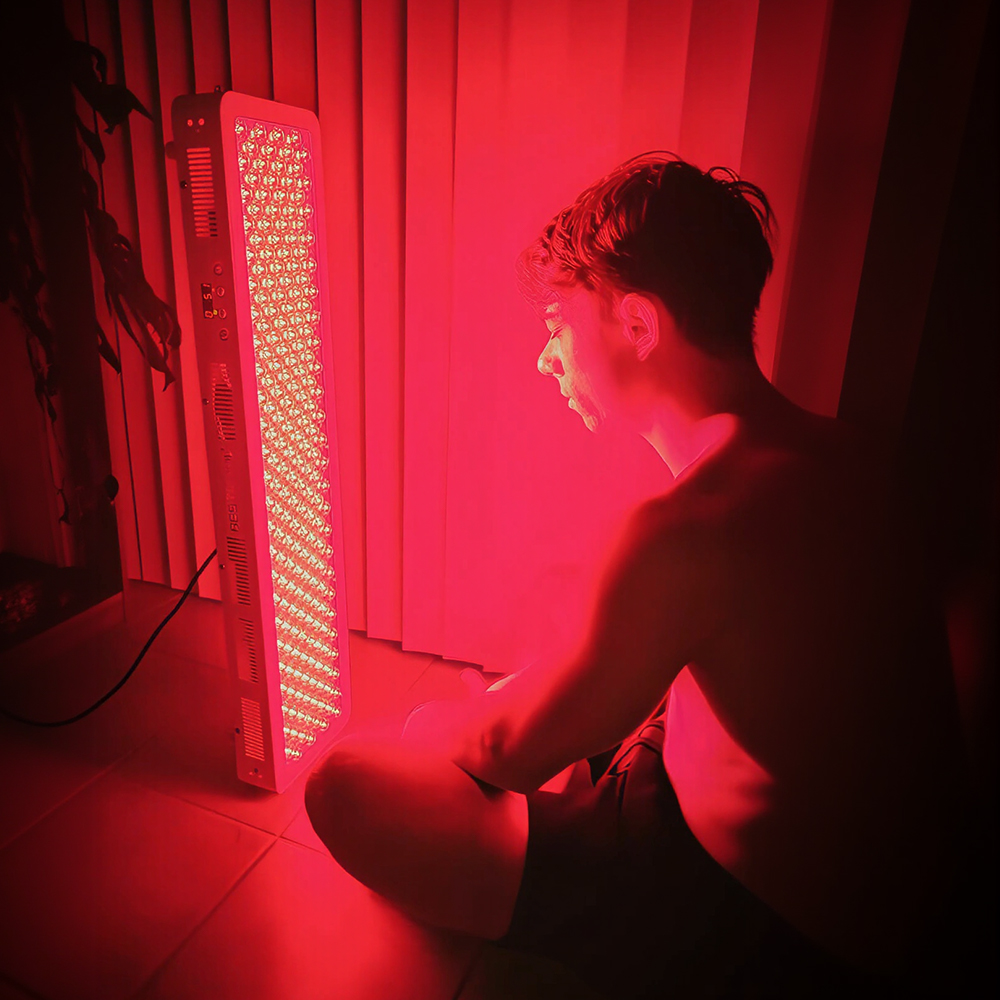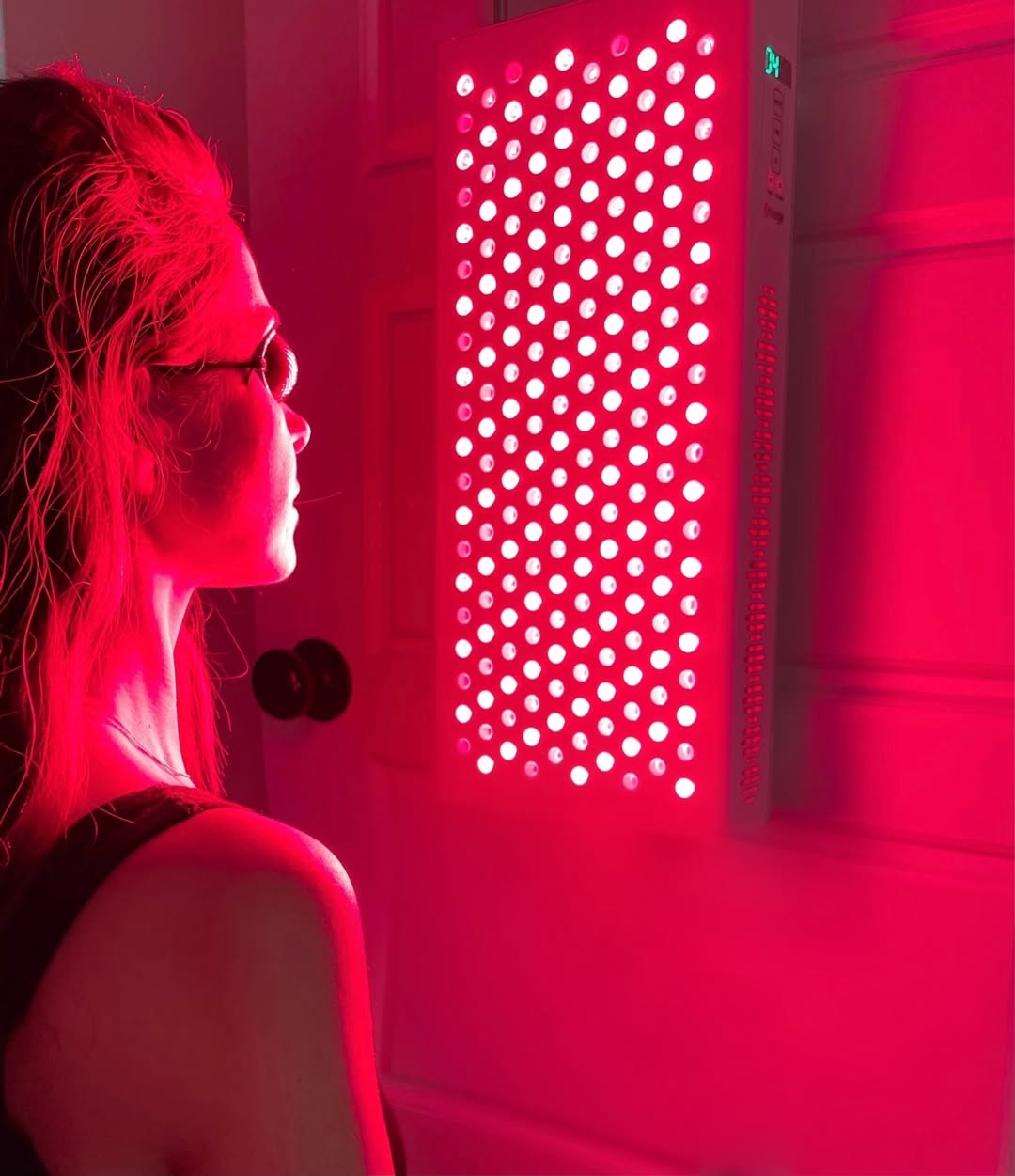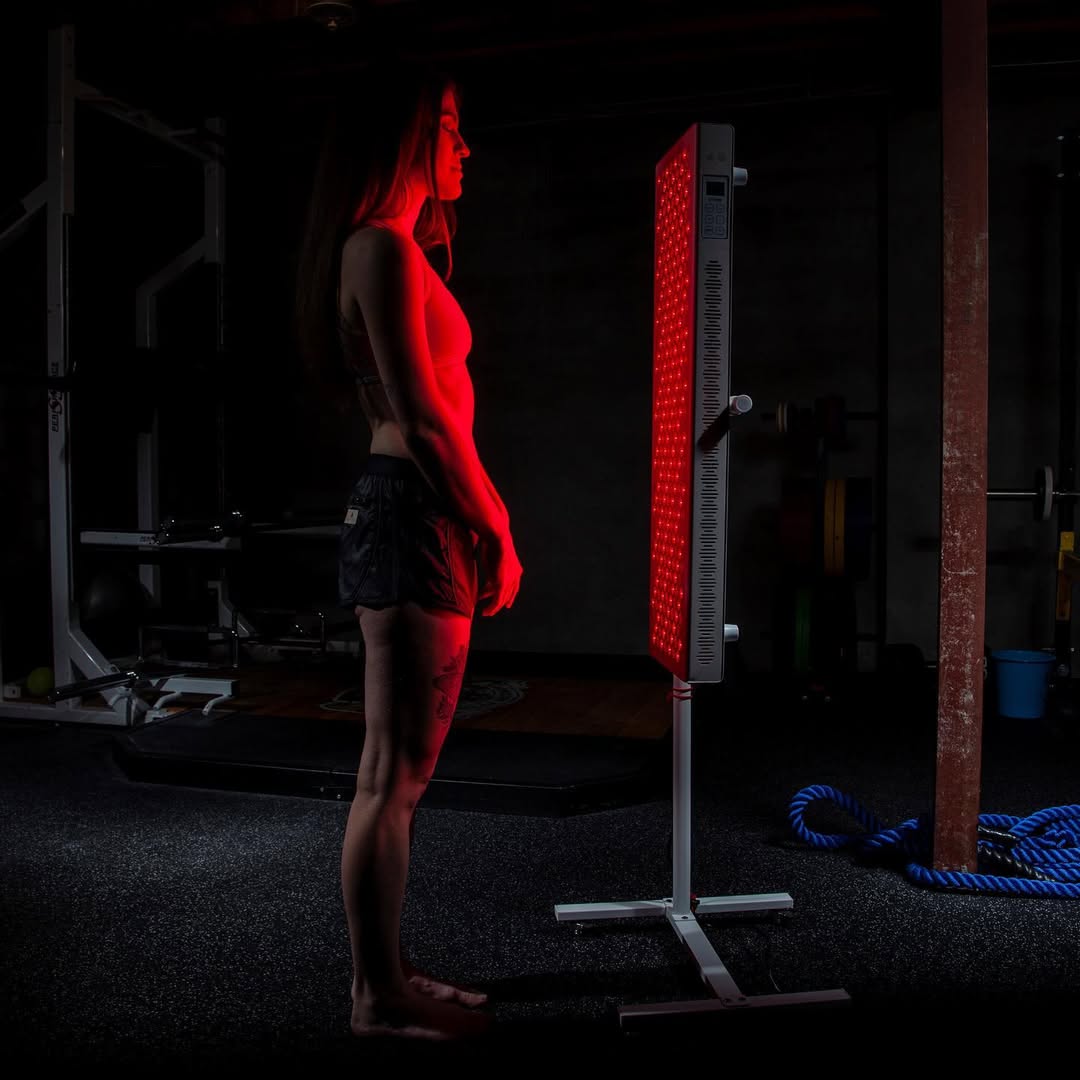![]() Free Shipping
Free Shipping ![]() Buy Now, Pay Later
Buy Now, Pay Later ![]() Eligible
Eligible
Red Light Therapy & Gum Health: Does This At-Home Treatment Actually Work?

If you’ve been exploring natural ways to improve your oral health, you may have come across red light therapy (RLT) as a potential solution for gum disease, inflammation, and even faster healing after dental procedures. But does shining red light on your gums actually work, or is it just another wellness trend?
In this deep dive, we’ll explore the science behind red light therapy, its potential benefits for gum health, and whether at-home devices are worth the investment.
What Is Red Light Therapy?
Red light therapy, also known as low-level laser therapy (LLLT) or photobiomodulation (PBM), involves exposing the skin or tissues to red or near-infrared light (wavelengths between 600-850 nm). Unlike UV rays, which can damage cells, red light penetrates the skin and stimulates cellular repair, reduces inflammation, and boosts circulation.
Originally developed by NASA for wound healing in space, RLT has since been studied for various health benefits, including:
- Skin rejuvenation & acne treatment
- Pain relief & muscle recovery
- Hair growth stimulation
- Improved oral health & gum tissue repair
But how does it apply to your gums?
VELLGUS Elite V2
THE #1 RATED RED LIGHT DEVICE
VELLGUS pro V2
THE #1 RATED FULL BODY RED LIGHT DEVICE
The Science Behind Red Light Therapy & Gum Health
Gum disease (gingivitis and periodontitis) is caused by bacterial infections that lead to inflammation, bleeding, and even bone loss. Traditional treatments include deep cleaning (scaling and root planing), antibiotics, and sometimes surgery.
However, research suggests that red light therapy may help combat gum disease by:
1. Reducing Inflammation
Chronic inflammation is a key factor in gum disease. Studies show that RLT can decrease pro-inflammatory cytokines while increasing anti-inflammatory markers, helping to calm swollen, bleeding gums.
2. Stimulating Tissue Repair
Red light enhances mitochondrial function, boosting ATP (cellular energy) production. This accelerates healing in damaged gum tissue and may even help regenerate lost bone in severe periodontitis cases.
3. Killing Harmful Bacteria
Some studies indicate that certain wavelengths of red and blue light have antibacterial effects, reducing plaque-causing bacteria like Porphyromonas gingivalis—a major contributor to gum disease.
4. Enhancing Blood Flow
Improved circulation means more oxygen and nutrients reach gum tissues, aiding in repair and reducing recovery time after dental procedures.
What Does the Research Say?
Several clinical studies support the use of red light therapy for gum health:
- A 2017 study in Lasers in Medical Science found that RLT significantly reduced gum inflammation and pocket depth in patients with chronic periodontitis.
- A 2020 review in Photobiomodulation, Photomedicine, and Laser Surgery concluded that RLT is a promising adjunct treatment for periodontal disease.
- A 2021 study showed that patients who used RLT after gum surgery experienced faster healing and less pain compared to those who didn’t.
While more large-scale studies are needed, the existing evidence is encouraging.
Can At-Home Red Light Therapy Devices Help?
Professional dental lasers are FDA-approved for gum treatments, but at-home red light devices (like LED mouthpieces or handheld wands) are becoming popular. Do they work?
Pros of At-Home RLT for Gums:
✔ Convenience – No need for frequent dental visits.
✔ Non-invasive – No pain, chemicals, or side effects.
✔ Cost-effective – Cheaper than professional treatments over time.
Cons & Limitations:
❌ Lower power – At-home devices are weaker than clinical-grade lasers, meaning results may take longer.
❌ Lack of regulation – Not all devices are FDA-cleared for oral use.
❌ User-dependent – Consistency is key; improper use may yield minimal benefits.
Best At-Home Devices for Gum Health:
If you’re considering trying RLT, look for:
- FDA-cleared oral care devices (e.g., VieLight or Lumoral)
- Wavelengths between 600-850 nm (red to near-infrared)
- Medical-grade materials (safe for intraoral use)
How to Use Red Light Therapy for Gum Health
If you’re using an at-home device, follow these tips for best results:
- Clean Your Teeth First – Brush and floss to remove plaque.
- Use the Device as Directed – Typically 5-15 minutes per session, 3-5 times per week.
- Be Consistent – Results may take 4-12 weeks of regular use.
- Combine with Good Oral Hygiene – RLT is a supplement, not a replacement for brushing, flossing, and dental check-ups.
Final Verdict: Is Red Light Therapy Worth It?
For mild to moderate gum issues, red light therapy shows promise as a supportive treatment—especially when combined with good oral hygiene. While it’s not a magic cure, many users report:
- Less gum bleeding
- Reduced sensitivity
- Faster healing after dental work
For severe gum disease, professional treatment is still necessary, but RLT may aid recovery.
Should You Try It?
If you’re curious, an FDA-cleared at-home device could be worth experimenting with, especially if you struggle with inflammation or slow healing. However, always consult your dentist before starting any new treatment.
Have You Tried Red Light Therapy for Your Gums?
We’d love to hear your experiences! Share your thoughts in the comments below.
References:
- Hamblin, M. R. (2017). Mechanisms and applications of the anti-inflammatory effects of photobiomodulation. AIMS Biophysics.
- Qadri, T., et al. (2020). Photobiomodulation therapy in oral mucositis and periodontal disease. Photobiomodulation, Photomedicine, and Laser Surgery.
- de Oliveira, G. J. P. L., et al. (2021). Effect of photobiomodulation on postoperative pain after periodontal surgery. Journal of Photochemistry and Photobiology.








